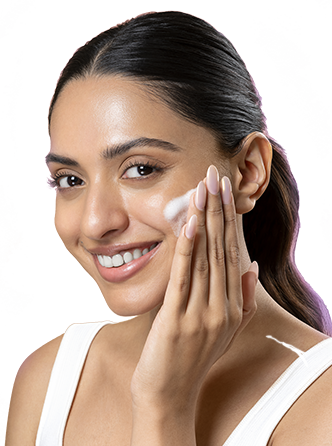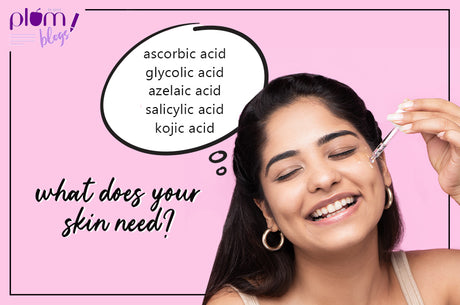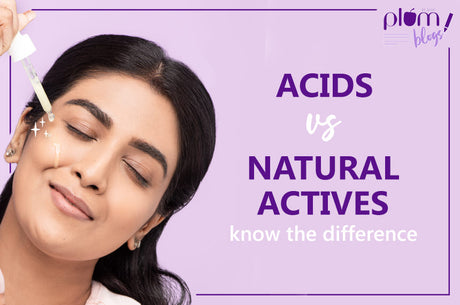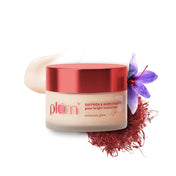
#5: Lanolin
Where's it from: Lanolin is a wax-like substance that's derived from sheep's wool.
What's it used for? Lanolin is an emollient. Emollients form a thin, oily layer on skin, thus preventing the loss of moisture from our skin to the atmosphere. Thus emollients are an important part of all moisturizing creams and lotions.
Are there vegan alternatives? Yes, tons of them! There are innumerable plant-based and petroleum-based emollients that can (and do) take the place of lanolin, without any loss of effectiveness. Coconut triglycerides, olive oil and petrolatum are some common examples. So if you're vegan, you can easily give lanolin a miss.
#4: Stearic Acid
Where's it from: Stearic Acid can be either animal derived, from animal tallow (fat), or plant-derived (usually palm oil derived)
What's it used for: Stearic Acid gives the "body" to many cream formulations, and as a fatty acid, is also a raw material for soap manufacture. Soaps are sodium salts of fatty acids.
Are there vegan alternatives? Absolutely. Most stearic acid that is used in India and South East Asia is palm-derived, and therefore 100% vegan. In the west, animal tallow forms the chief source of stearic acid. At Plum, we use only vegan sources of all our ingredients, including stearic acid.
#3: N-Acetyl Glucosamine
Where's it from: N-Acetyl Glucosamine (NAG) is derived from the shells of crustaceans, like crabs and lobsters.
What's it used for: NAG is a sought-after ingredient to treat uneven skin tone and skin pigmentation. It helps promote skin regrowth, thus helping in evening out skin imperfections.
Are there vegan alternatives? Yes, they have been developed recently. Demand for vegan version of this ingredient has led to the development of vegan versions. We like them!
#2: Keratin
Where's it from: Keratin is a protein that occurs naturally in our hairs and nails, and in the hair, nails, horns and hooves of animals - which is where it is derived from.
What's it used for: Mainly in hair care (keratin shampoos...) and in skin care for anti-ageing "rebuilding" formulas. Keratin is a building block for skin and hair and is therefore a valuable ingredient.
Are there vegan alternatives? Not directly, but there are alternatives. Amino acids (which are building blocks of keratin) occur in many nut and berry oils like almond oil, sea buckthorn oil and avocado oil, and could thus be used as effective vegan substitutes of keratin.
#1: Carmine
Where's it from: Carmine is a bright red coloring pigment, and by far the most "violent" of he ingredients in this list. Carmine is obtained by crushing the female cochineal insects (beetles), to isolate carminic acid that's found in their shells.
What's it used for: Carmine is commonly used in lip colors and other makeup which require a bright, deep red. It is less commonly used in skin care and hair care which do not have very stringent color specifications, unlike makeup products where the "right shade", or the lack of it, can make or break the product.
Are there vegan alternatives? Surprisingly, no. In this age of advanced chemistry, there's hardly a synthetic compound that can match up to carmine in terms of its color intensity and depth. The only way to avoid carmine if you're vegan, is well, to avoid it altogether. Look out for CI 75470, E120, carminic acid, cochineal and crimson lake in the ingredient list of your products. These are all different names for carmine.
Hope you found this list useful. As always, do keep sending in your suggestions on topics you'd like us to write on, and questions you want answered. Until next time, then! Be good!
Related posts:
Know thy ingredients: 1-minute version
Glycolic Acid: Skincare Super-ingredient Demystified



















